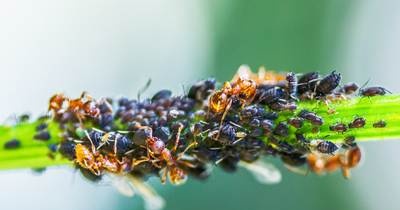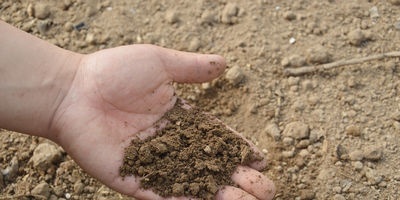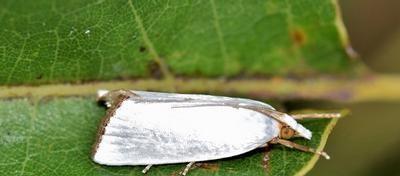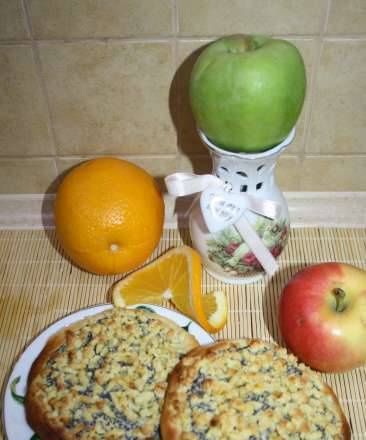|
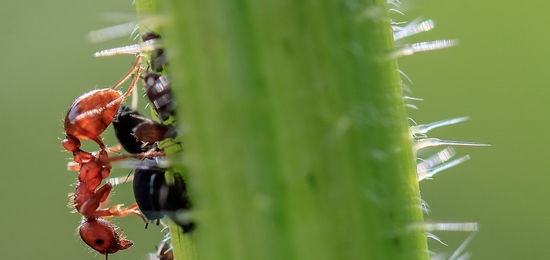 Organization and implementation of pest and disease control of agricultural crops is one of the main conditions for increasing yields. Hence, this event should be given great and serious attention. Organization and implementation of pest and disease control of agricultural crops is one of the main conditions for increasing yields. Hence, this event should be given great and serious attention.
Of the pests of vegetable crops, cruciferous pests are considered the most dangerous, which include: cabbage fly, garden fleas, cabbage whites, turnips, cabbage moths, cabbage scoops, cabbage aphids.
The cabbage fly begins to harm cabbage in the seedling stage. In the larval stage, the cabbage fly harms in early spring and late summer, penetrating the cabbage roots, causing the plants to wither and die.
The fight against cabbage fly begins in the nursery and continues in the ground.
Control measures:
- Sprinkle a mixture of tobacco dust with lime at the base of the plant stem. The parts are taken equal. A mixture of 120-150 kg is consumed per hectare of cabbage.
- Sprinkle with a mixture of lime with anabazine sulfate (anabadust) at the rate of 48 kg of lime and 2 kg of anabazine sulfate. For 1 hectare, a mixture of 120-150 kg is required. The sprinkling is done when the cabbage fly starts laying eggs. The sprinkling should be repeated 3-4 times in 6-8 days one after the other.
- The best way to fight cabbage fly is to water around the plants with a solution of mercuric chloride in a dose: 1 g of mercuric chloride per 1 liter of water. Watering with mercuric chloride is done at the same time as sprinkling.
- Timely high hilling of plants and irrigation with mineral fertilizers, mainly nitrate or ammonium sulfate in the amount of 10 g per 10 liters of water.
Against cabbage whites, moths, turnip whites, gnawing scoops, earthen fleas — the control measures are the same.
Of the agrotechnical control measures, the following are applied:
- maintaining the correct crop rotation;
- deep plowing;
- keeping the areas clean, killing weeds, especially cruciferous ones.
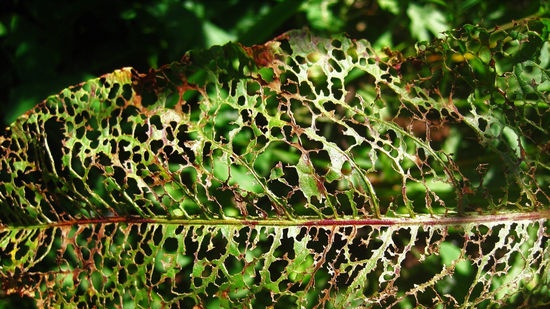
Of the chemical control measures, dusting or spraying with intestinal poisons is used:
- spraying with barium chloride (in hot and dry weather) at a dose of 400 g of poison per 10 liters of water, at a cost of 400-500 liters per hectare;
- sodium fluoride (in any weather except rainy) at the rate of 3 kg of poison per 400 liters of water per hectare;
- Parisian greens — 1 kg of poison plus 2 kg of lime per 400 liters of water per hectare.
When spraying, 2 cups of flour paste or 1 cup of molasses per 10 liters of solution are added to each solution for better adhesion.
Spraying should be carried out from manual (knapsack) sprayers "Automax", "Tremass" (on small areas) or from a horse-drawn sprayer "Zara" (on large areas).
Poisons are used for dusting:
- fluorosilicate sodium at the rate of 10 kg of poison plus 10 kg of lime) per 1 hectare;
- Parisian greens at the rate of 2 kg of greens and 7 kg of lime.
Arsenic-sour calcium can be used against earthen fleas in a mixture with ash or slaked lime in a 1: 2 ratio.
Along with chemical control measures, it is necessary to apply mechanical measures - by hand, collecting caterpillars and crushing eggs on the leaves.
Cabbage aphid differs from other cruciferous pests in that it belongs to the type of sucking pests and, located on the underside of the leaves, sucks out all the nutrients from them, disrupting the tissues, causing the leaves to wither, curl and dry out. Aphids are located in colonies in the form of a gray bloom.
Cabbage aphids are destroyed by technical and agricultural techniques and by spraying with contact poisons. This applies:
Spraying the upper and lower sides of the leaves with a solution of green or laundry soap in the amount of 250-300 g per 10 liters of water.
Spraying with anabasine sulfate at the rate of 1 kg of poison plus 2 kg of soap for 350-400 liters of water.
Spraying with tobacco infusion.
Dusting with anabadust at a dose of 2 kg of anabazine and 48 kg of lime per hectare.
Dusting with tobacco dust.
Manual crushing of aphids.
Cruciferous diseases
Of the cruciferous diseases, the most common: cabbage keels and black leg, affecting plants both in greenhouses and in open ground. In case of a keel disease, swellings form on the roots of the plant, which subsequently decompose and rot. The rot is transmitted to the entire plant, and the latter dies. The black leg often affects the root collar of young plants (seedlings); at the same time, the root collar turns black, dries out, the plant breaks down or dies at the root.
Control measures:
- Cleanliness in and around greenhouses.
- Thinned crops in greenhouses.
- Selection of diseased plants when picking and when planting in open ground.
- Collection and destruction of all plant residues after planting seedlings in the ground.
- Enhanced ventilation of greenhouses.
- Reducing watering.
- Disinfection of greenhouses and frames before stuffing and during the cultivation of crops in them, for which quicklime or two percent bleach is taken.
- Replacing the top layer of the earth with a new one by 15-20 cm.
- Disinfection of soil with formalin at the rate of 1 part 40% formalin per 50 parts of water. For 1 sq. m spend 20 liters of such a solution. Watering from a watering can 6-7 days before sowing in greenhouses. After watering, close the greenhouses with frames for 24 hours, then ventilate.
Pests and diseases of cucumbers and other pumpkin crops
The main pests of cucumbers, watermelons and melons are spider mites, tripe and aphids. Most of all, they harm in hotbeds and greenhouses, but the possibility of their harmful action on the plant and in the open field is not excluded. Leaves and young shoots of plants are damaged by them.
Measures against spider mites:
- Keep greenhouses and greenhouses clean.
- After harvest, remove all plant residues immediately.
- Disinfect all wooden parts of greenhouses by coating them with 5-10% bleach or simple quicklime.
- Pollination of plants (on the lower side) with ground or ultra-gray at least 3 times every 5-7 days, one after the other.
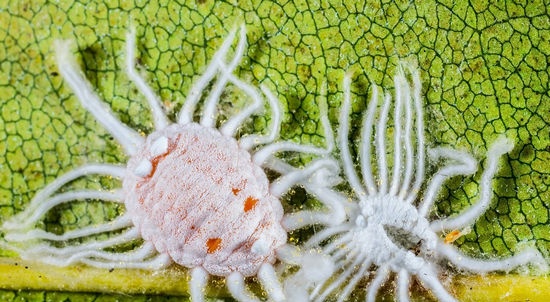
Spraying is used against thrips and aphids: anabazine sulfate. The underside of the leaf is sprayed. Against aphids, fumigation with tobacco smoke is also recommended. For 1 cubic meter m greenhouse burned 5 g of shag.
Pumpkin diseases
Cucumbers are most affected by downy mildew and mosaics. At the first disease, brown spots appear on the upper side: and below, a grayish-purple bloom. At the second, leaves and fruits turn yellow. In addition, the leaves become curly.
Control measures:
- Destruction of all diseased plants and their debris.
- Correct fruit change; cucumbers can return to their old place only after 3-4 years.
- Thinning plantings of cucumbers.
- Spraying with Bordeaux liquid at the rate of 5 kg of copper sulfate and 5 kg of lime per hectare. Liquid consumption - 500 liters per hectare. Spraying is repeated 2 times, after 15 days, one after the other. Bordeaux liquid is prepared in a wooden or earthenware dish as follows: 1 kg of copper sulfate is dissolved in 50 liters of warm water, 1 kg of lime is extinguished in another dish and 10 liters of water is added - milk of lime is obtained, which is filtered and diluted with water to 50 liters. When both solutions have cooled, a solution of copper sulfate is poured into the lime solution in a thin stream with thorough stirring. Properly prepared Bordeaux liquid — opaque — sky blue in color. The prepared solution is used on the same day.
- Treating seeds before sowing with a solution of mercuric chloride or formalin; mercuric chloride take 1 part per 1000 parts of water. The seeds are kept in such a solution for 10 minutes, then they are washed well with clean water and dried. Formalin is taken 1 part to 300 parts of water. Cucumber seeds are pickled in the same way as cereals.
Onion pests and diseases
Onions are damaged by onion flies and downy mildew. When an onion fly is damaged, onion feathers turn yellow and the bulbs rot.Downy mildew affects onions in the same way as cucumbers.
Control measures:
- Removal and destruction of the remnants of the previous harvest and, at the shelf, of dead plants.
- Plant only healthy planting material.
- Correct crop rotation. Return the onion to its old place not earlier than *, as in 2-3 years.
- Watering onions (against onion flies) while laying eggs with a solution of 10 g of mercuric chloride per 10 liters of water or a 1% solution of Bordeaux liquid.
- Spraying twice (against onion flies and downy mildew) with a 1% solution of Bordeaux mixture mixed with 0.5% skim milk. Repeat spraying after 15 days one after the other.
- Harvest onions in dry and clear weather.
Diseases and pests of tomatoes
Tomatoes are more prone to disease than pest damage. Wireworms harm tomatoes. Wireworms are embedded in stem tissue or root collar.
Wireworm control measures:
- Collection and destruction of all plant residues.
- Poisoned baits made from green mass of beetroot, potatoes and others, impregnated with a solution of arsenic acid soda. Take 1 part of the poison to 40 parts of water. The poison is mixed with green mass and spreads out in the infected foci.
Diseases of tomatoes
- Top rot (dark spots appear at the top of the fruit), from which the fruits do not ripen and fall off.
- Leaf spot (on the leaves, dirty white spots).
- Mosaic (yellow spots on the leaves, irregular fruits and spots).
Control measures:
- Collection and destruction of crop residues and all plant residues.
- Tying bushes to stakes (preventing bushes from touching the ground).
- 2-3 times spraying after 15 days, one after the other with Bordeaux liquid.
- For sowing, take healthy seed material.
- To dress the seeds before sowing mercuric chloride in a solution: 1 g of mercuric chloride per 4 liters of water or formalin — 1 part 4O ° / o formalin per 300 parts of water.
Diseases of vegetables during storage
During storage, vegetables are affected by: white rot (white cotton bloom), gray rot (gray velvety bloom with black formations) and wet rot.
Control measures:
1) Thorough cleaning of storages before loading.
2) Drying and aeration of storage facilities.
3) Disinfection of storages:
a) whitewashing with a solution: 200 g of lime and 10 g of copper sulfate per 1 liter of water;
b) spraying 2-3 ° / "with a solution of bleach;
c) when whitewashing, cracks in the walls, floor and ceiling should be thoroughly moistened;
d) fumigation of storage facilities with sulfur at the rate of 20 g of sulfur per 1 cu. m premises. Before fumigation, all crevices and cracks are covered so that the gas does not escape. Sulfur is poured into iron sheets. Sheets are distributed evenly throughout the storage. Sulfur is ignited by burning coals. As soon as the sulfur burns, everyone leaves the storehouse, the doors are tightly closed and kept closed for 48 hours, after which the storehouse is well ventilated;
e) only healthy and mechanically undamaged vegetables are to be loaded.
I. Osipov - Agroindication
|
 Organization and implementation of pest and disease control of agricultural crops is one of the main conditions for increasing yields. Hence, this event should be given great and serious attention.
Organization and implementation of pest and disease control of agricultural crops is one of the main conditions for increasing yields. Hence, this event should be given great and serious attention.

